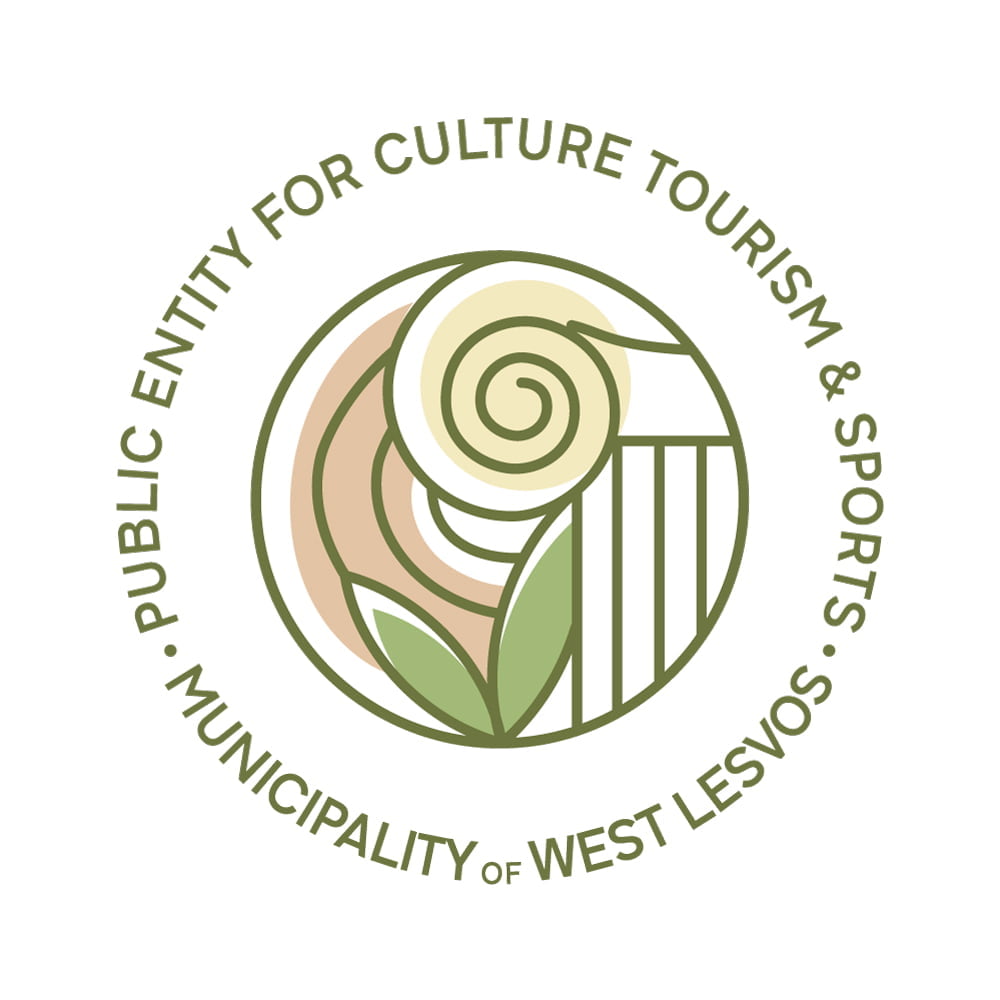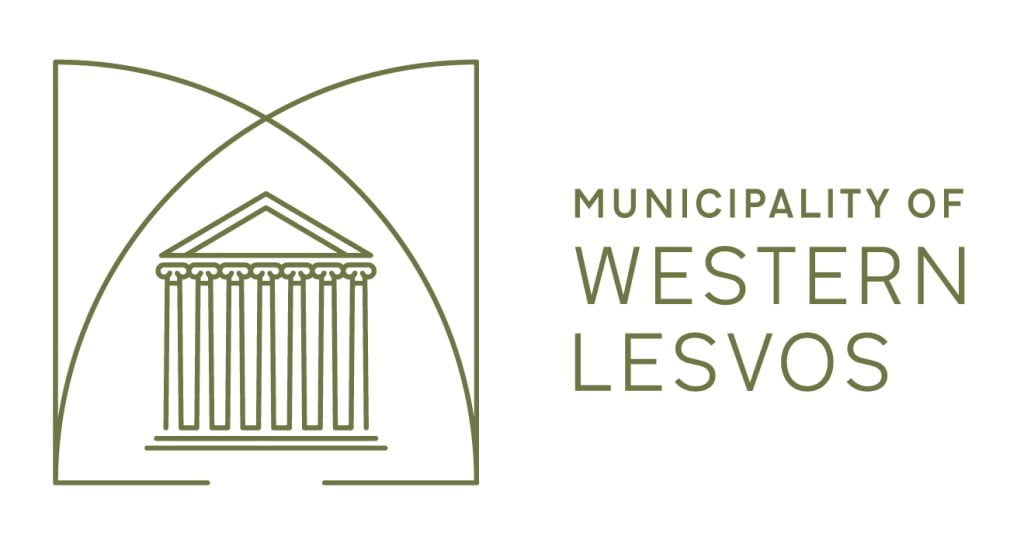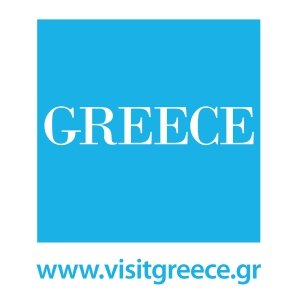
Lorem Ipsum sit dolla amet.


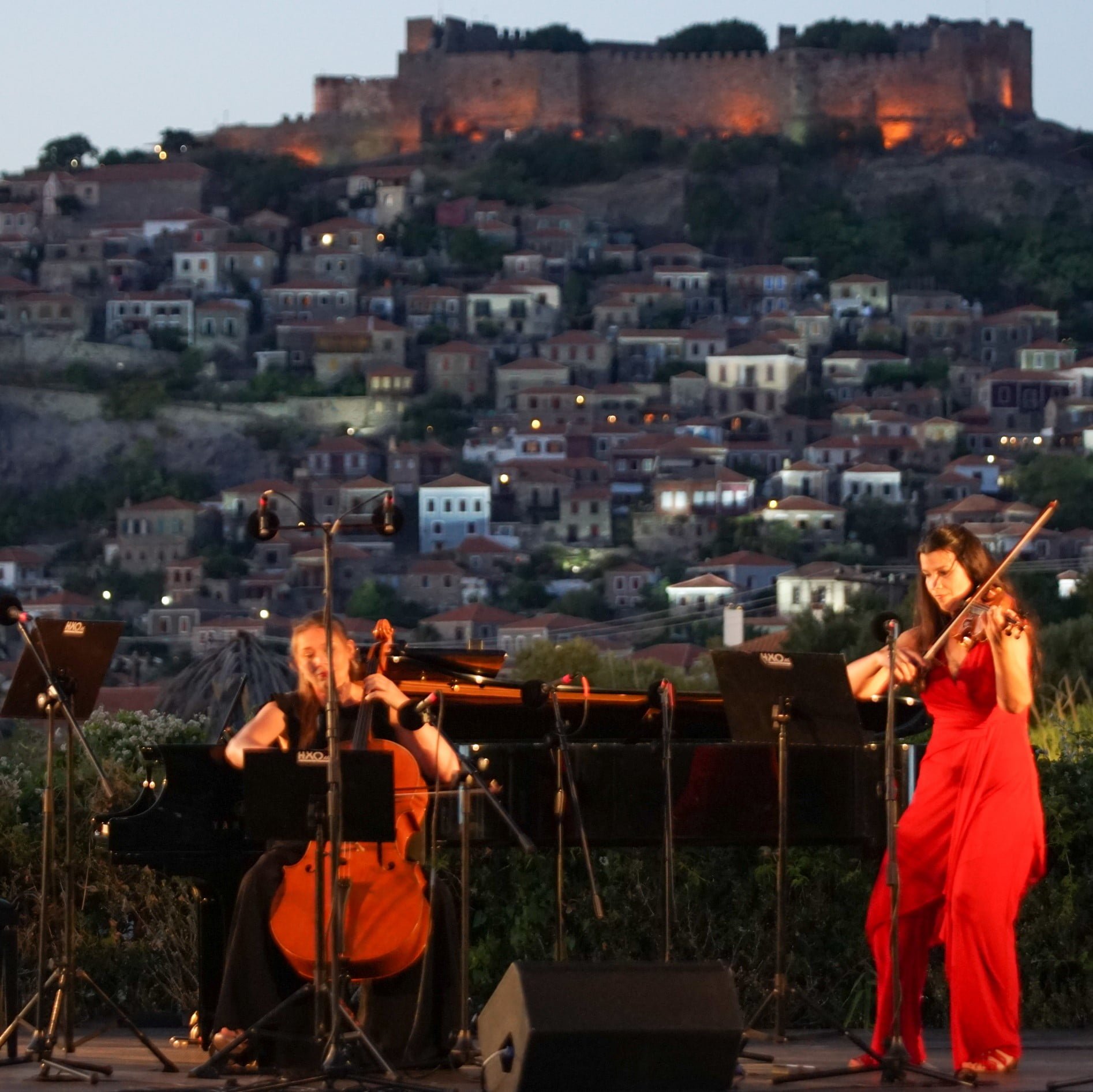
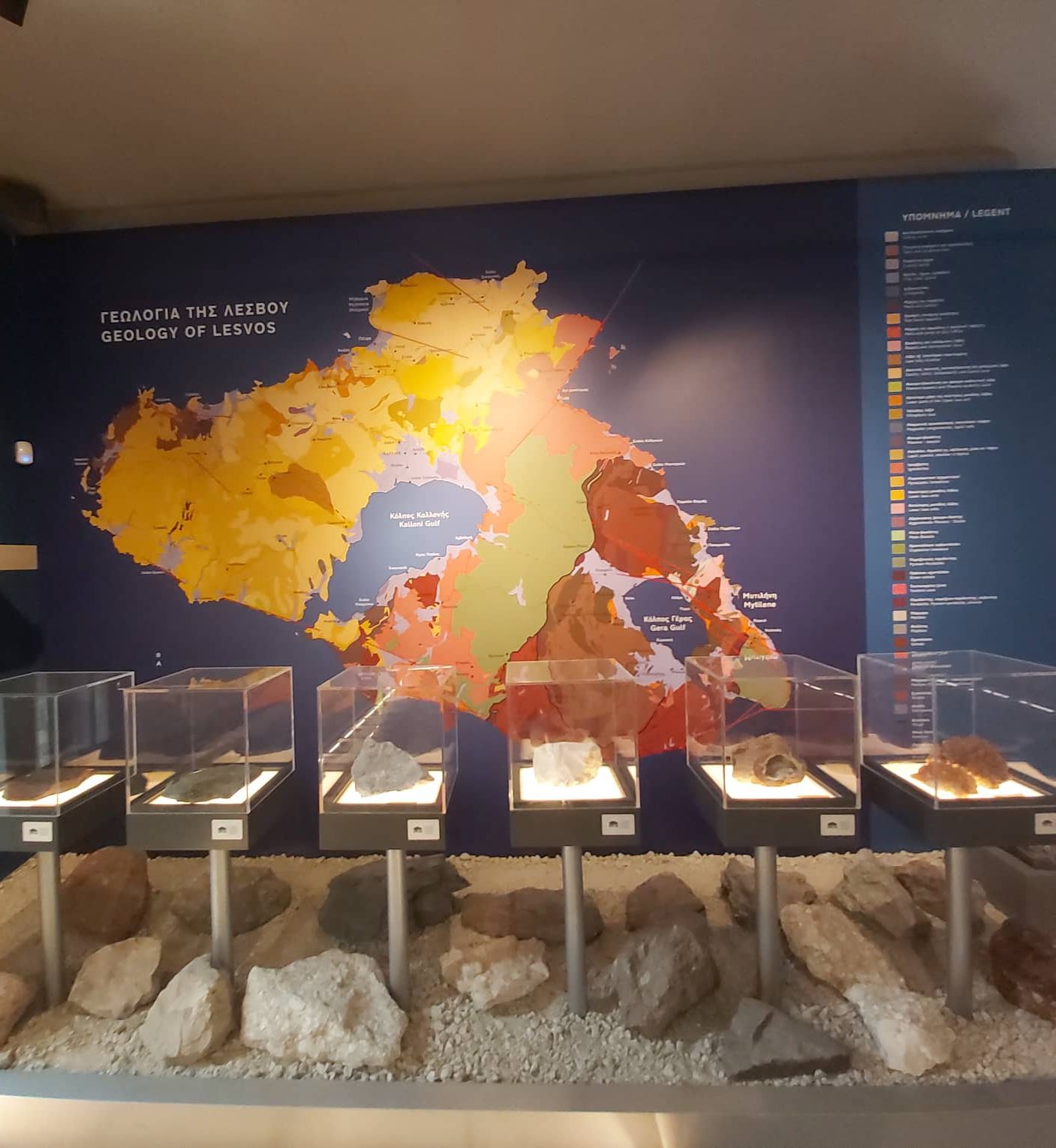
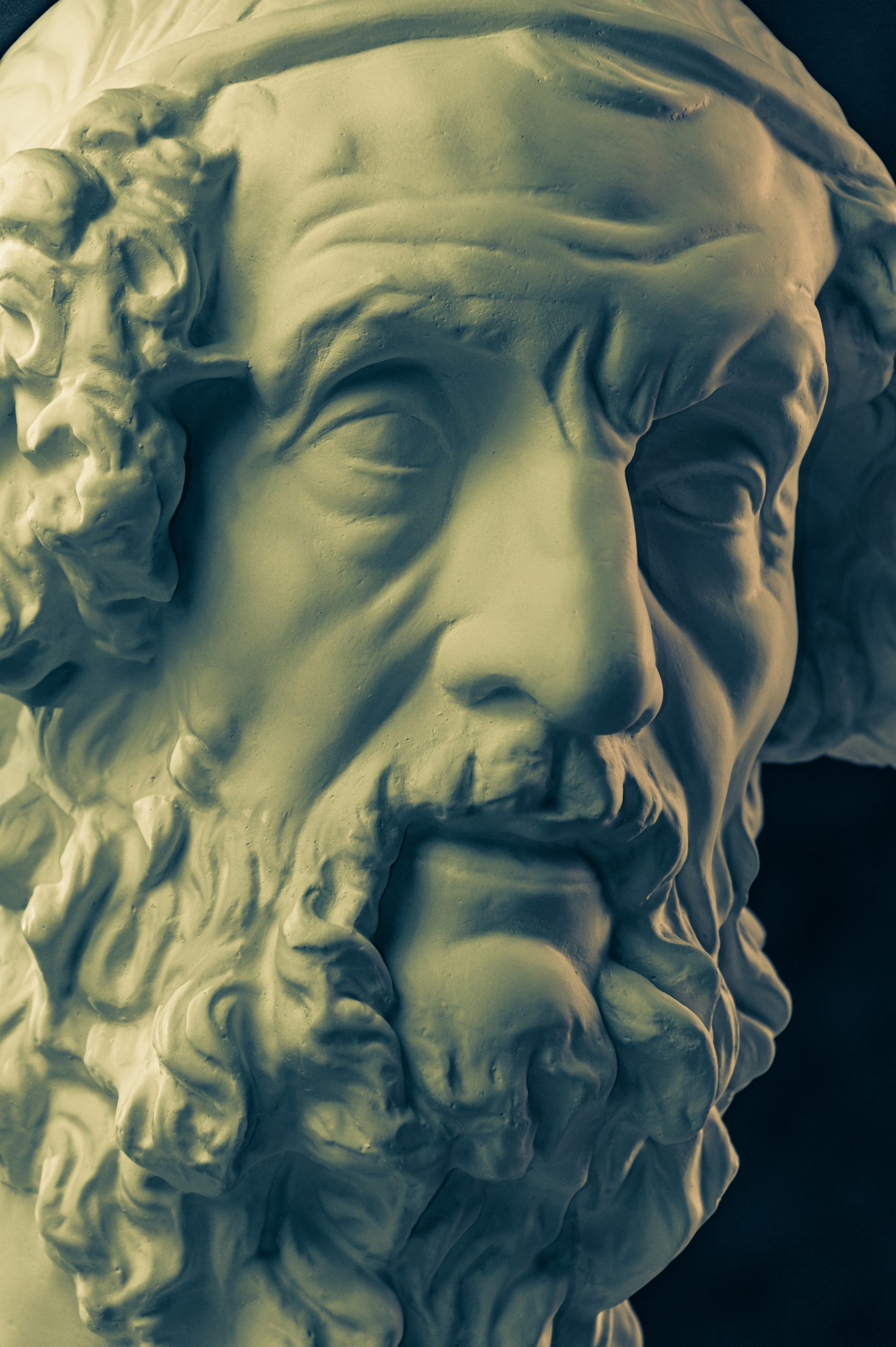
The island of Lesvos has been inhabited since 3300 BC by Pelasgians, the Leleges and the Tyrrheneans. Later, around 1400 BC, the Aeolians arrive from central Greece and around 1000 BC the Achaeans from the Peloponnese. They are the ones that founded the ‘Lesbian Hexapolis’ (six cities) consisting of Mytilini, Antissa, Pyrra, Arisvi, Mithymna and Eresos. Despite the tyrannical rule by the family of Penthelides in Mytilini, the 7th and 6th centuries BC are a period of great glory in Lesvos. In the course of adverse political conditions and social reorganisation, important people like Pittakos, one of the Seven Sages of ancient times, distinguished themselves. Close to the end of the 6th century BC, Lesvos was pillaged by the Persians. Since then the island lost its autonomy and experienced repeated attacks and battles. After the end of the Persian wars and the triumph of the Greeks, the cities of Lesvos became members of the Delian League and later on they took an active part in the events of the Peloponnesian War. In 428 BC the revolt of the Mytilinians against the Delian League resulted in the slaughter of the male population of the city and the enslavement of the civilian population.
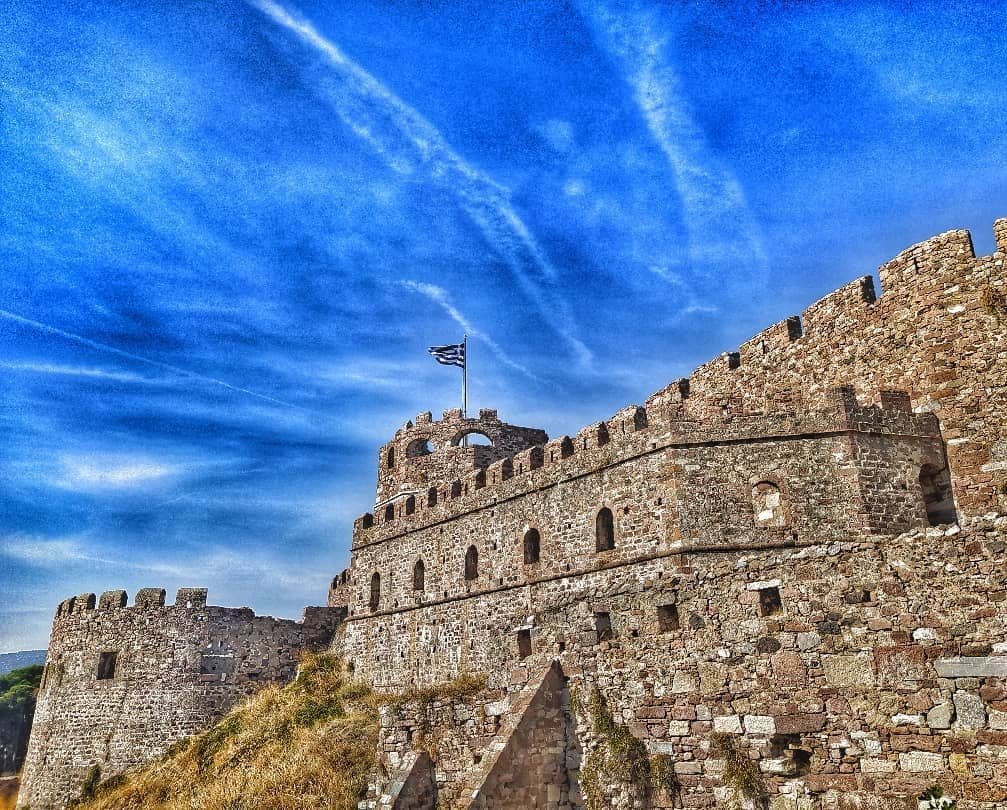
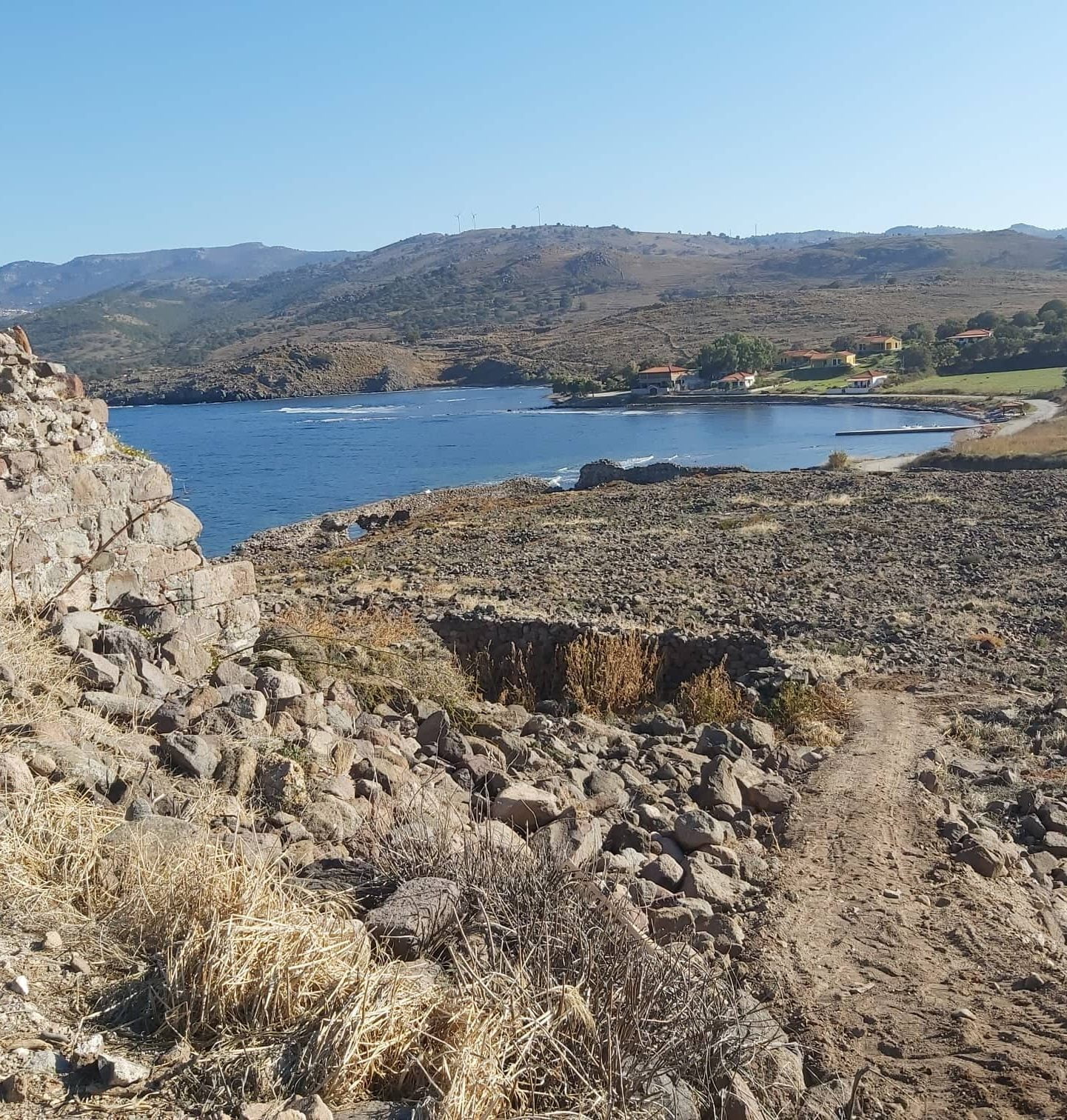
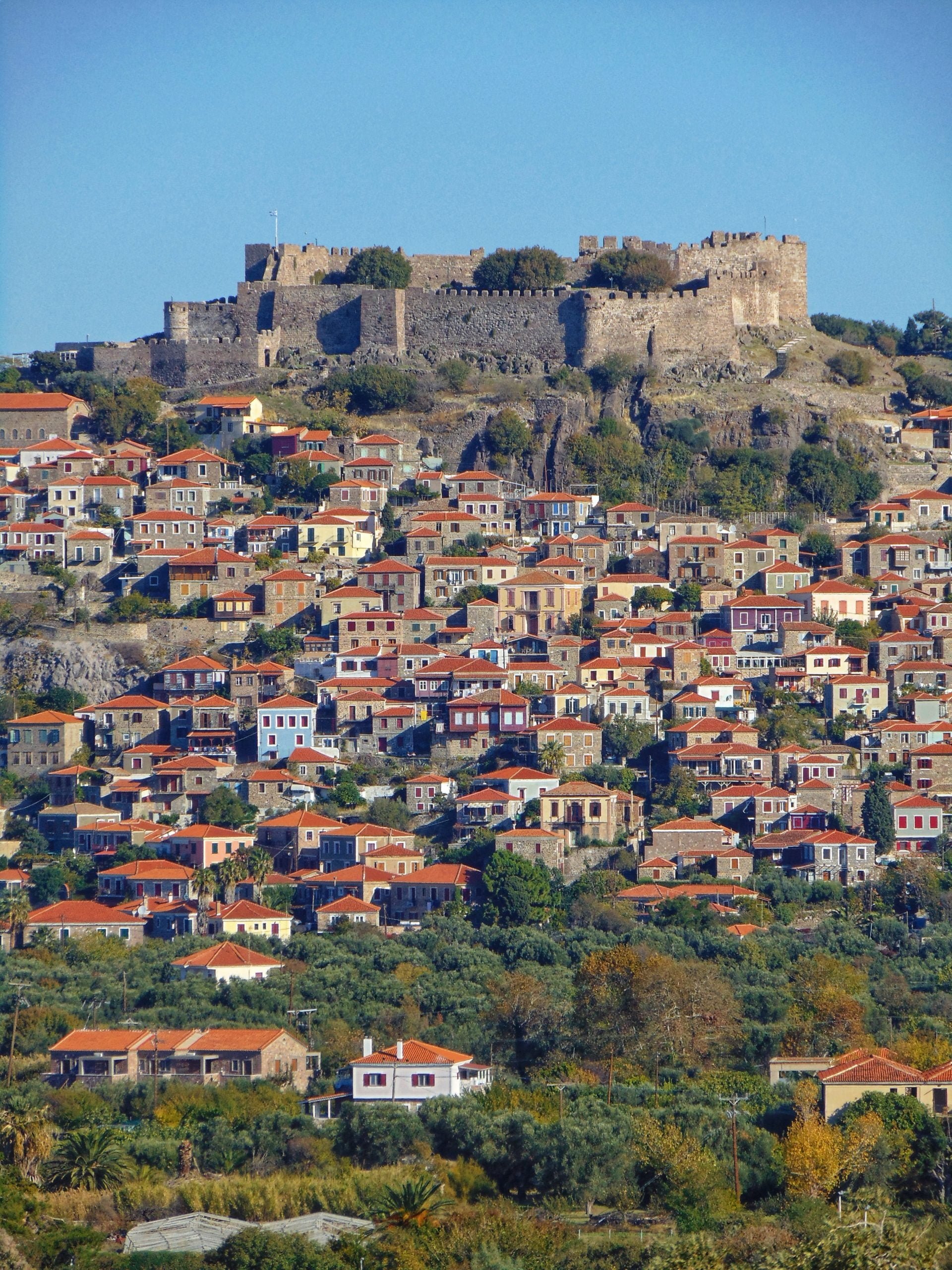

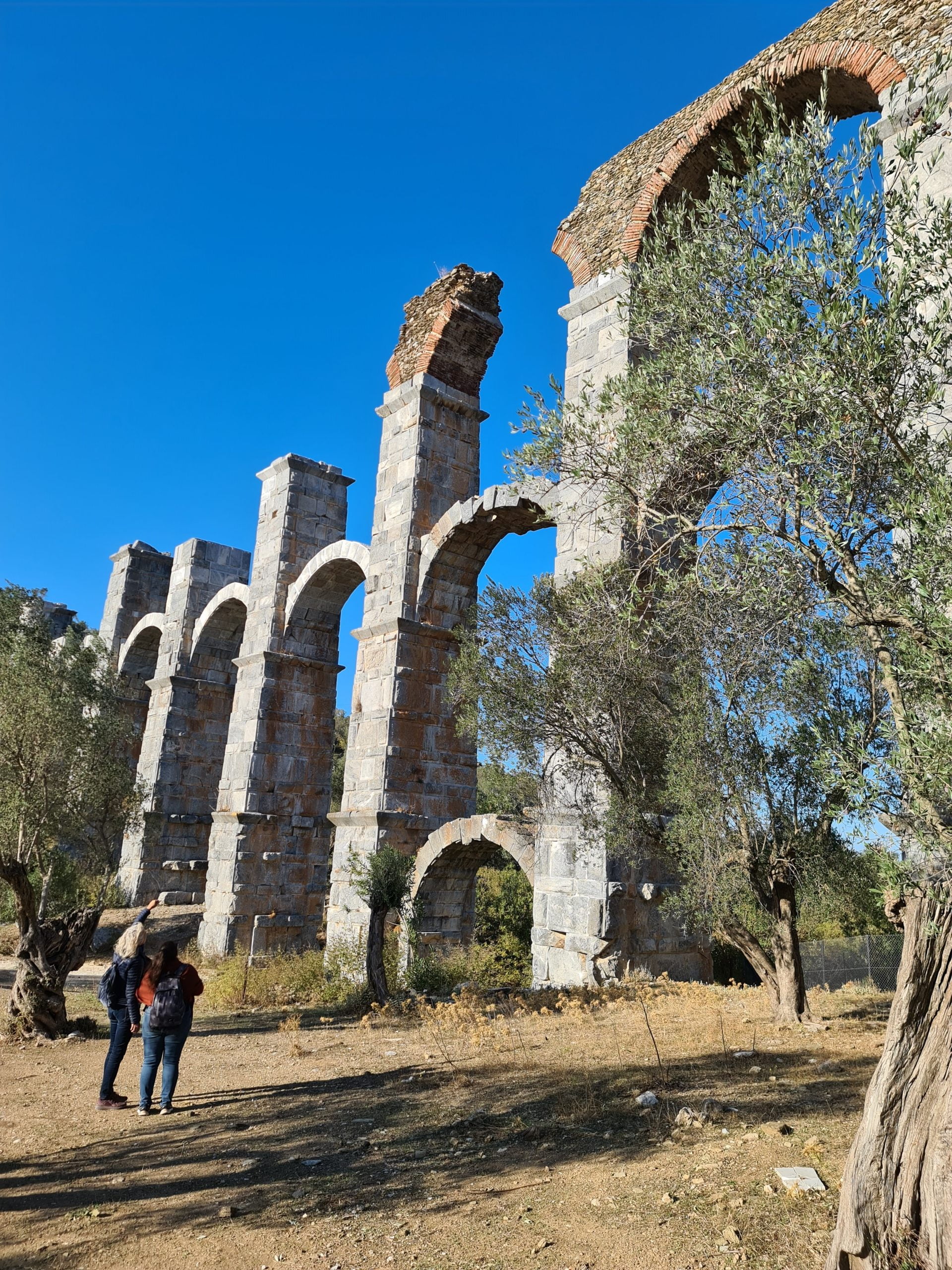
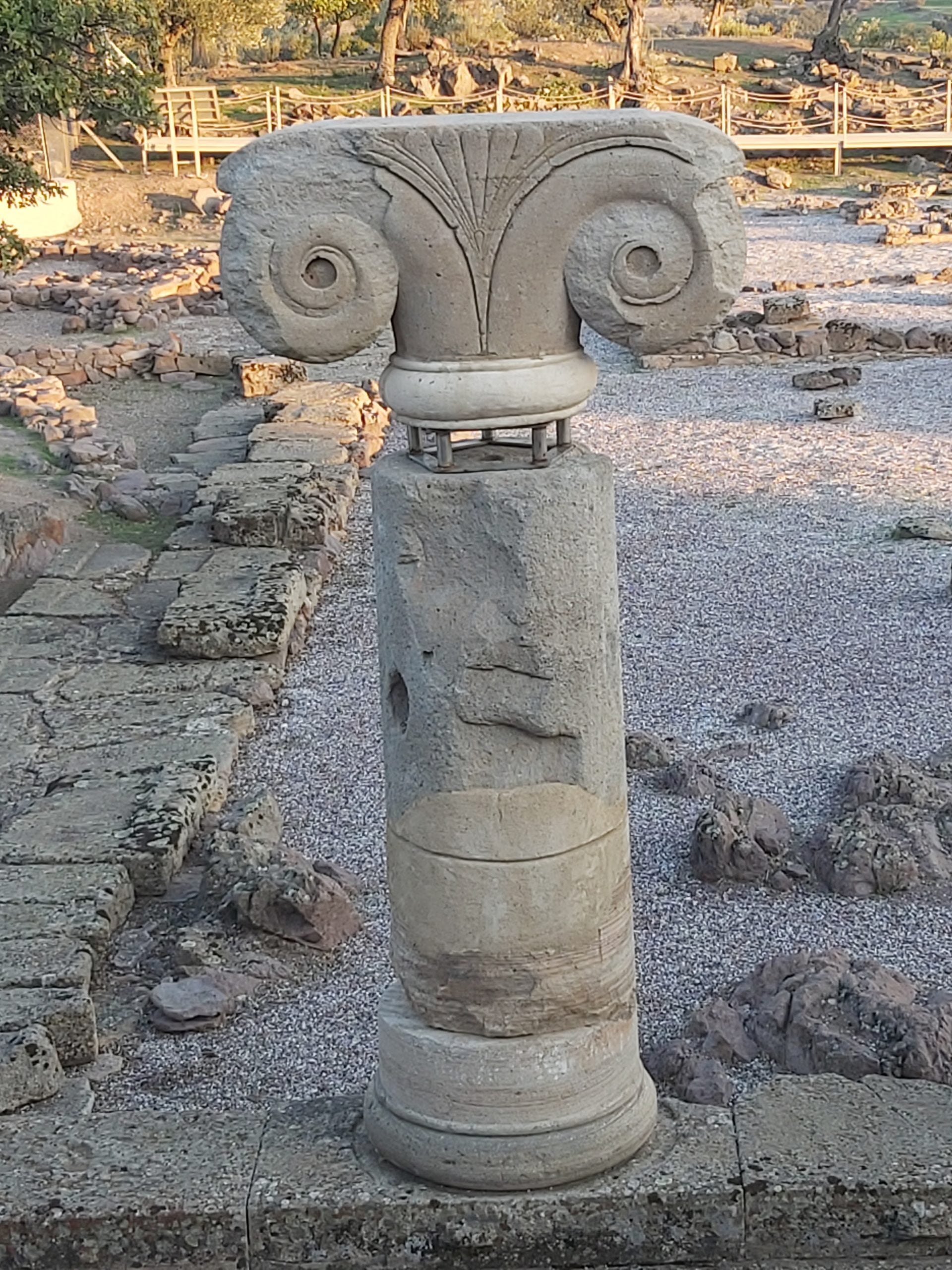
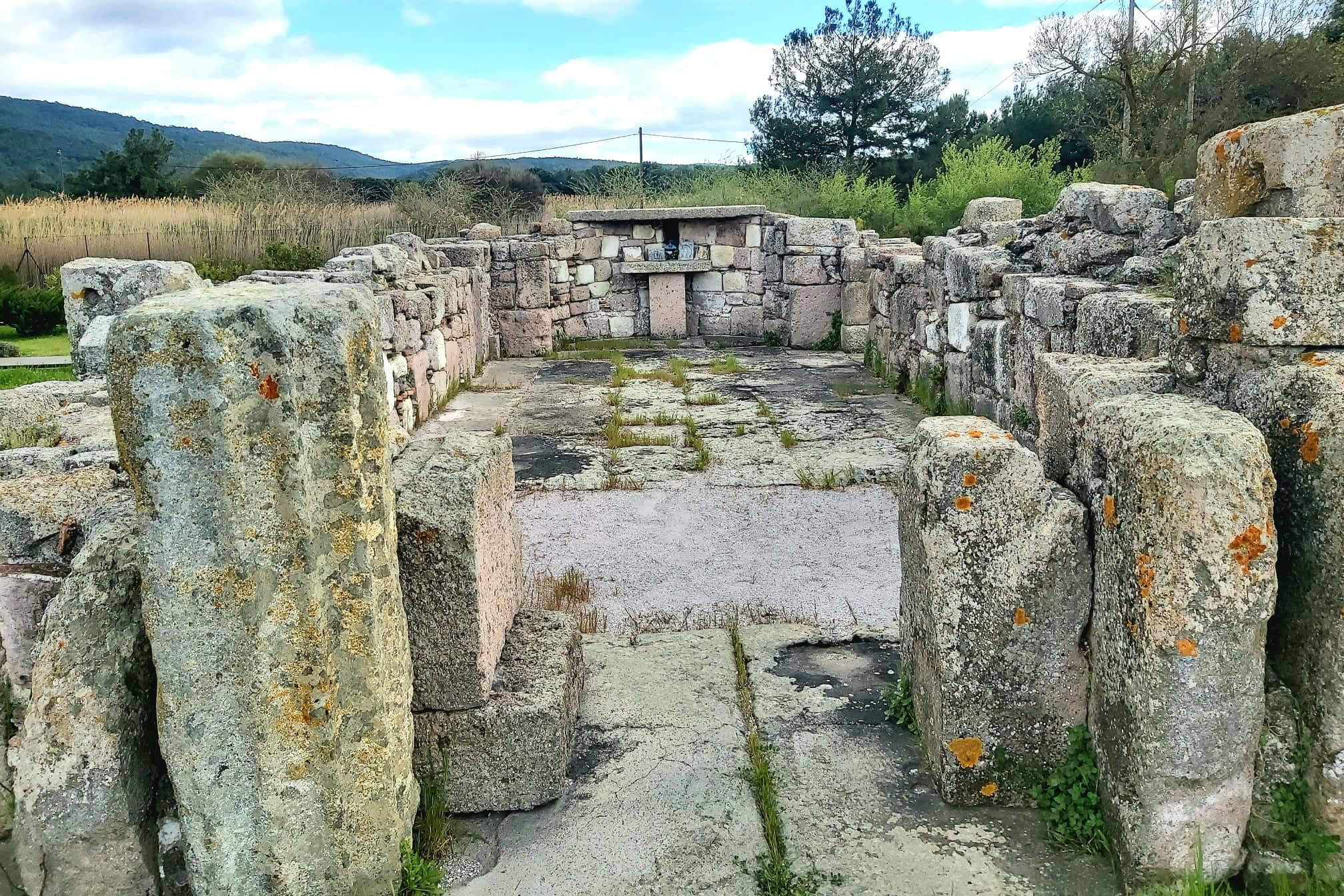
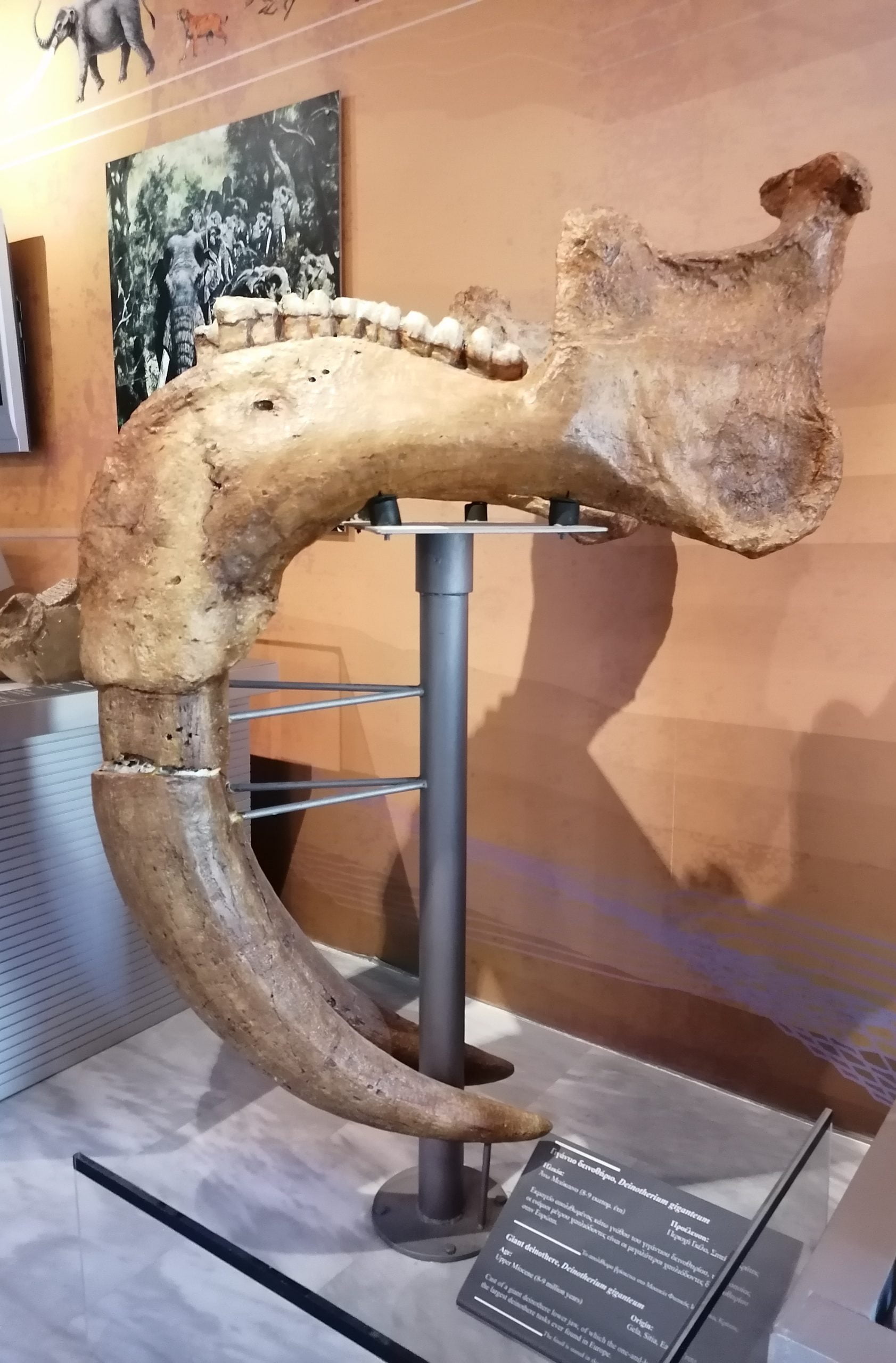
The Natural History Museum of the Lesvos Petrified Forest is located in Sigri, Lesvos. It was founded for the purpose of studying, researching, promoting, exhibiting and safeguarding the petrified forest of Lesvos, which has been declared a listed monument of nature of particular environmental, geological and paleontological value. The museum is a window to history and the evolution of the Aegean basin the last 20.000.000 years. The rooms of the museum host permanent exhibitions dedicated to the petrified forest of Lesvos and the geo-historical evolution of the Aegean region. Rare plant fossils from west Lesvos with a display of the geological phenomena and the processes associated with the formation of the Petrified Forest may be found there, amongst many other amazing findings. Don’t miss it!
https://www.lesvosmuseum.gr/en

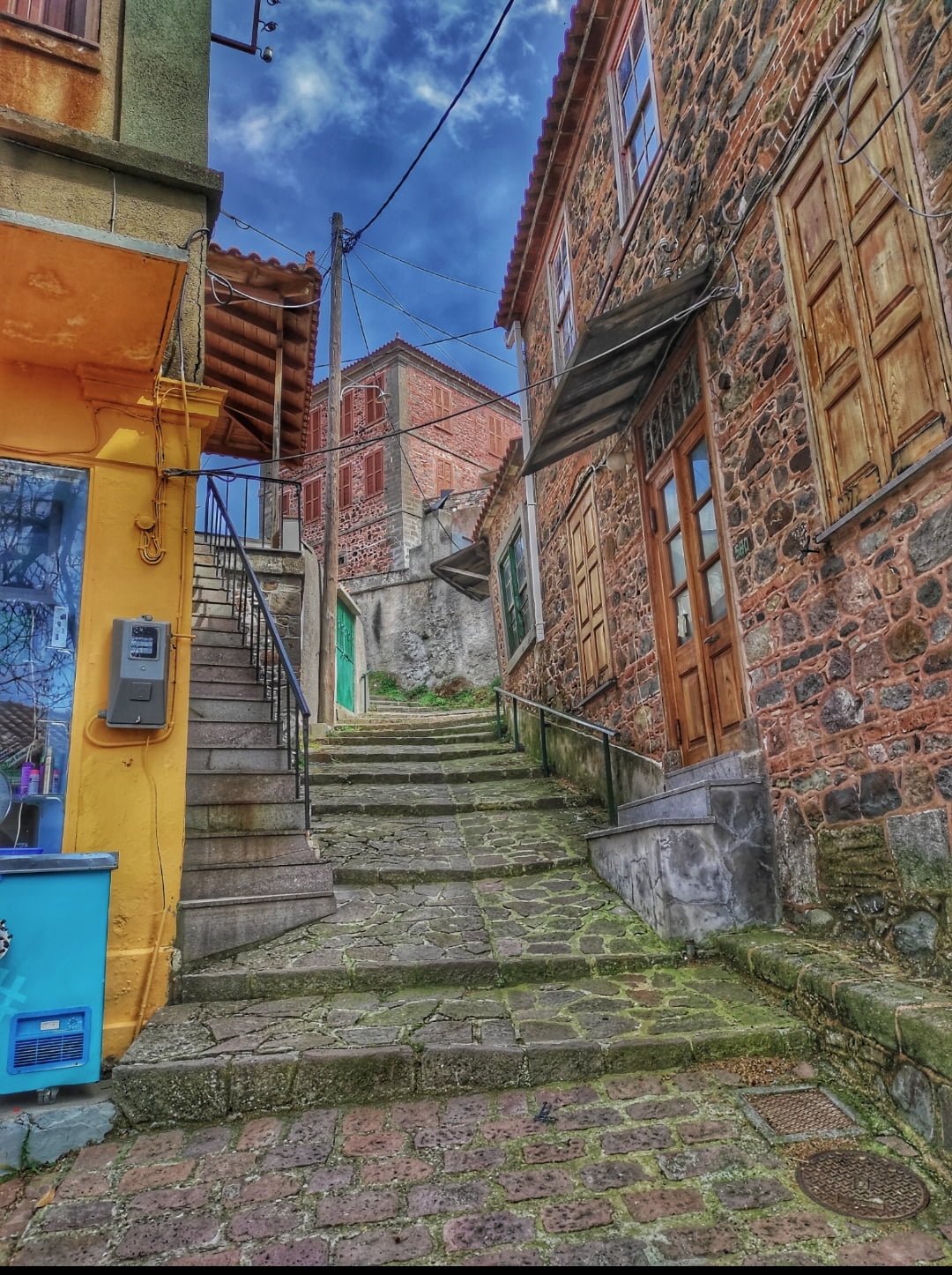
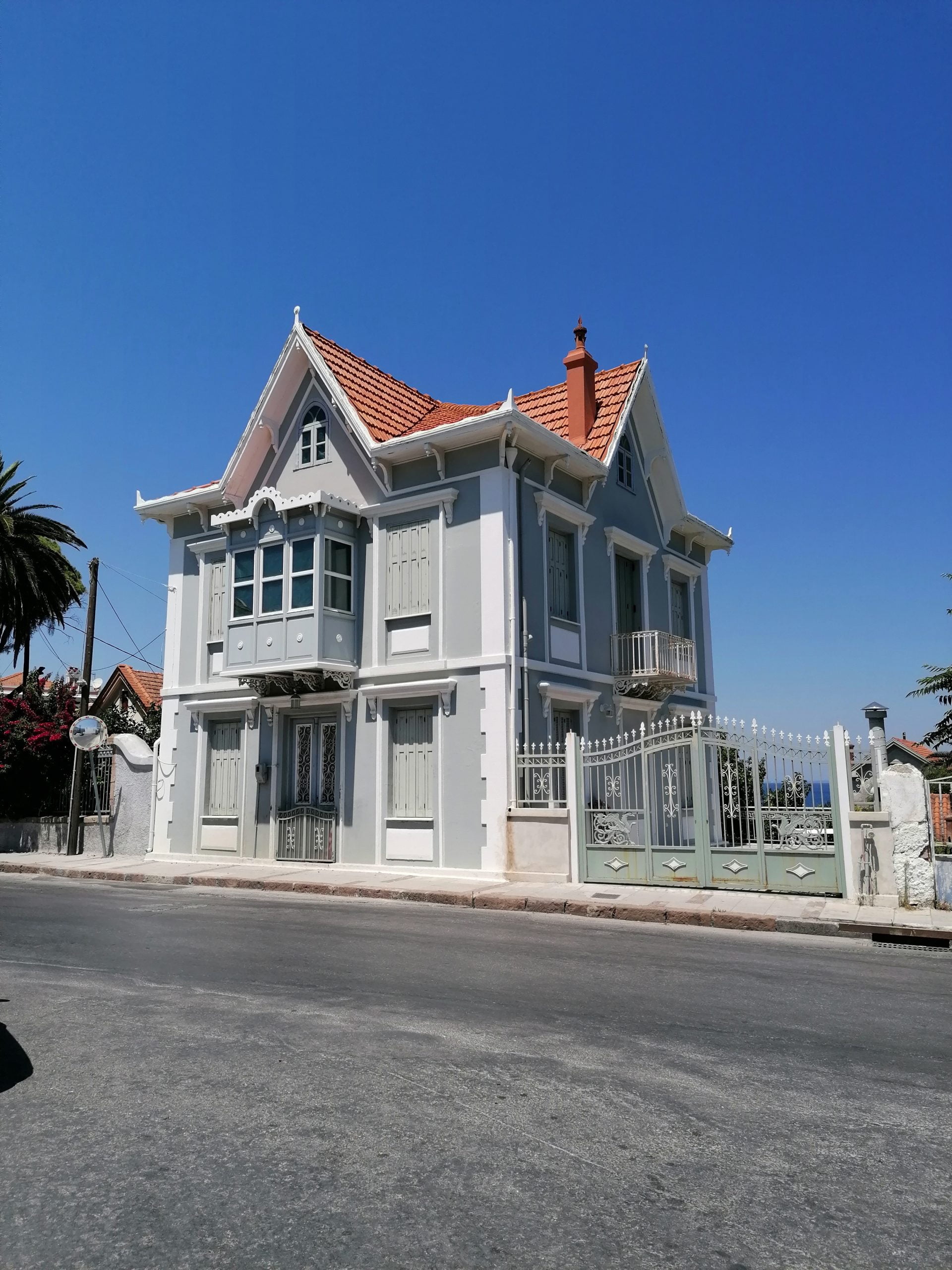
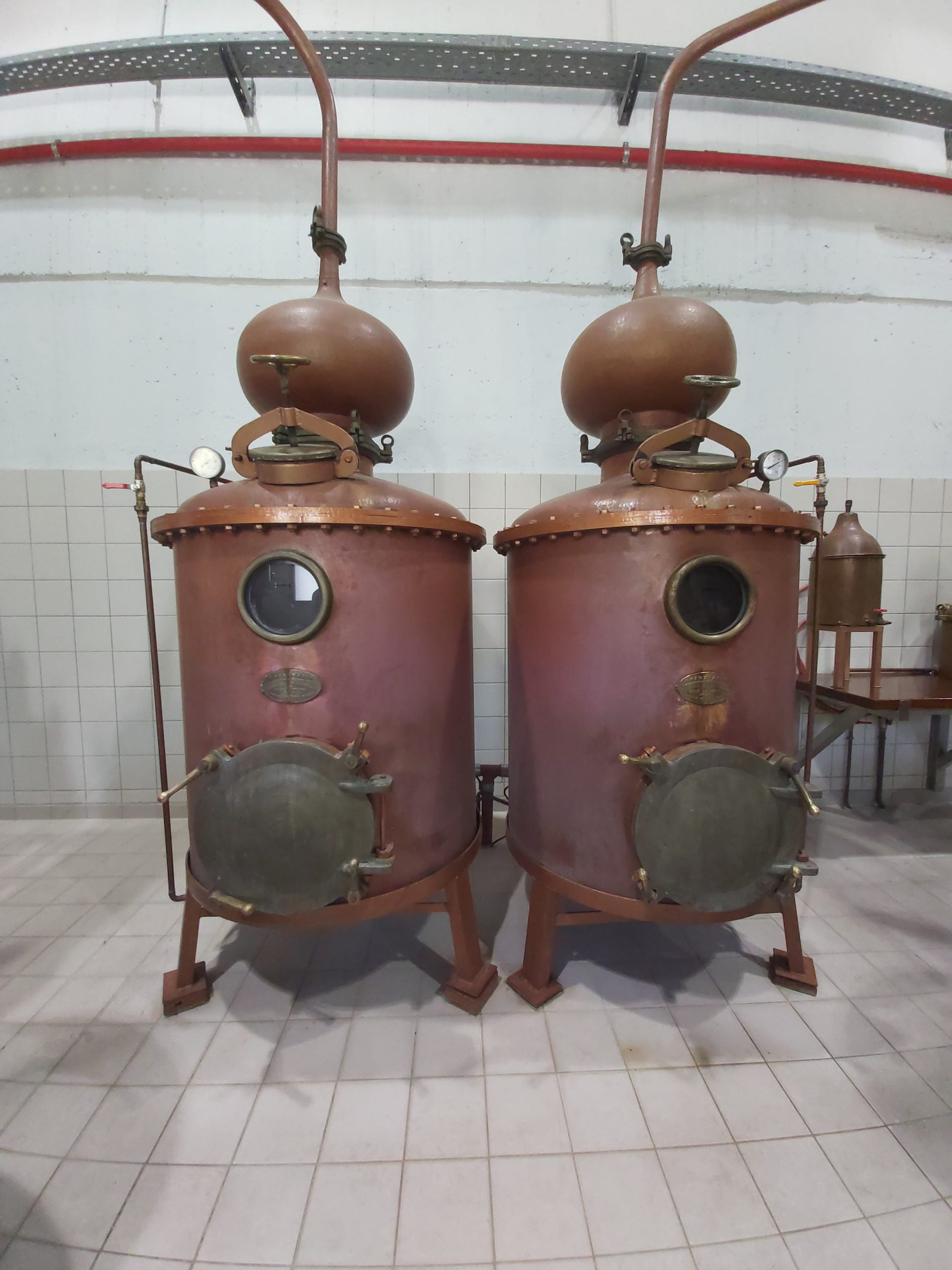
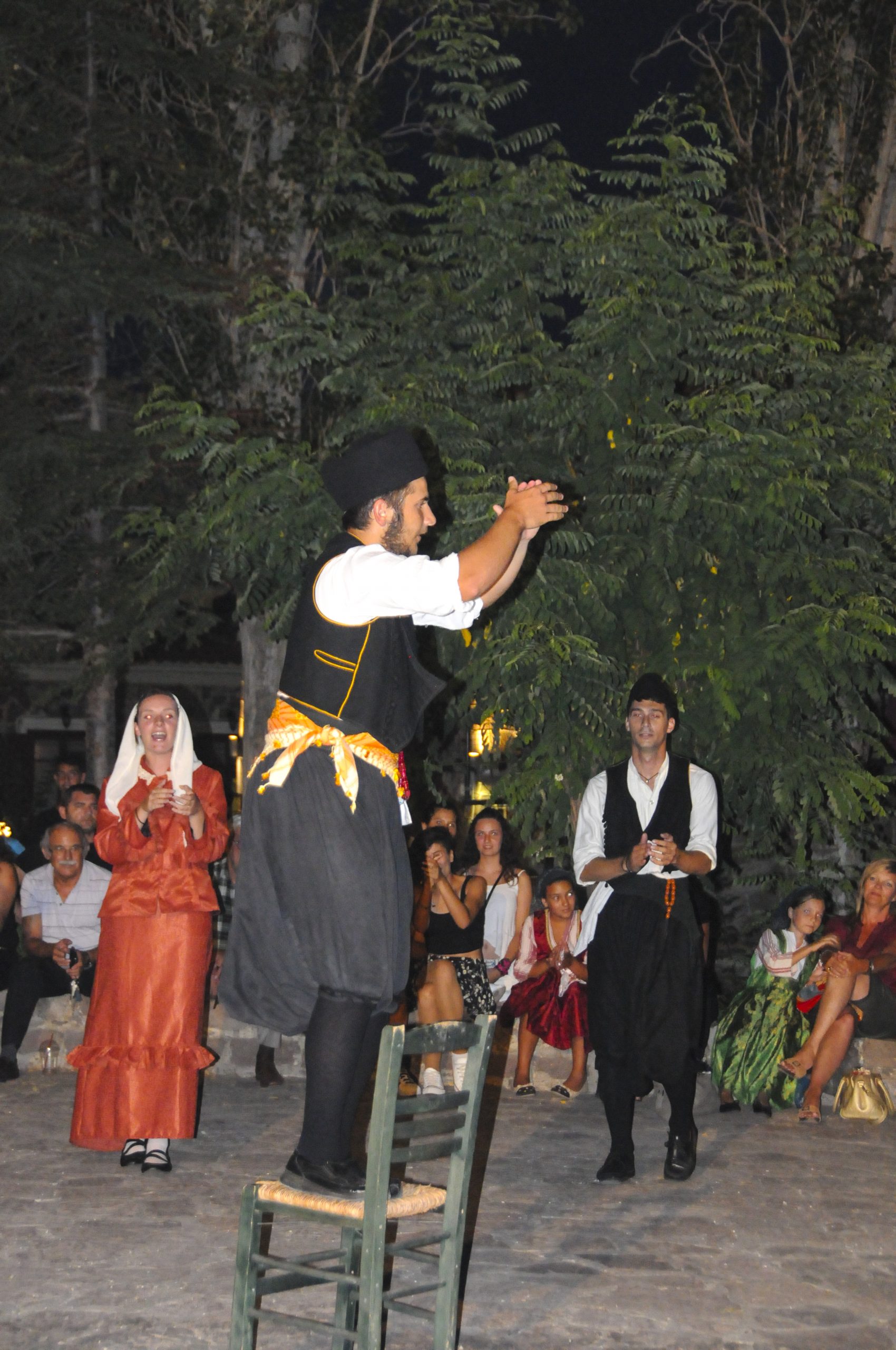
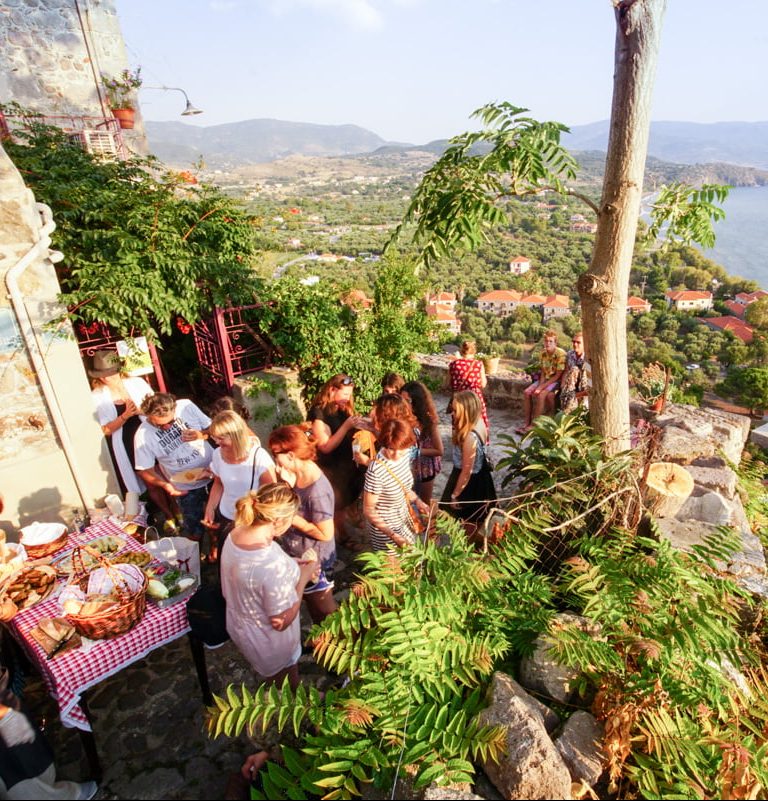
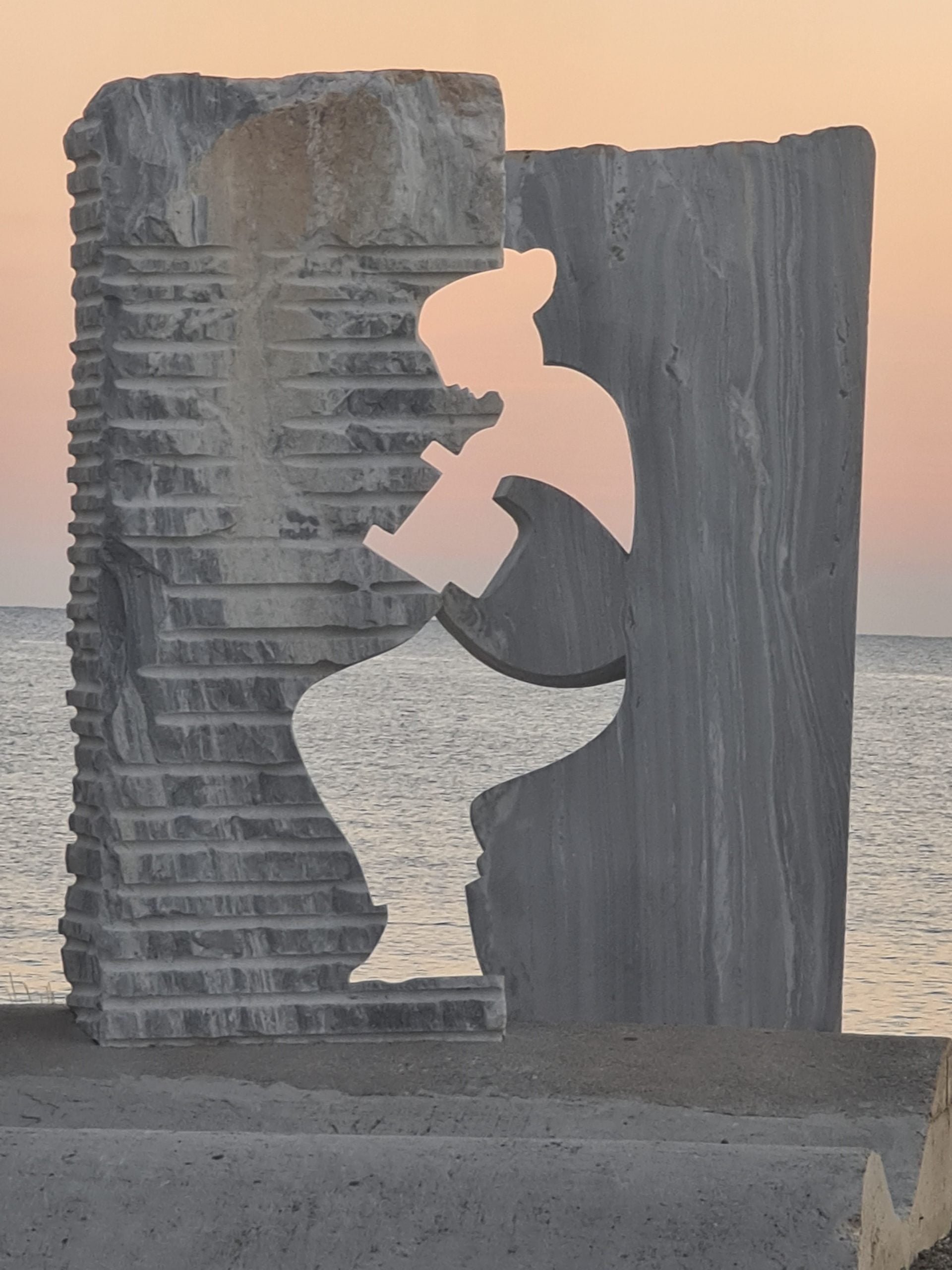
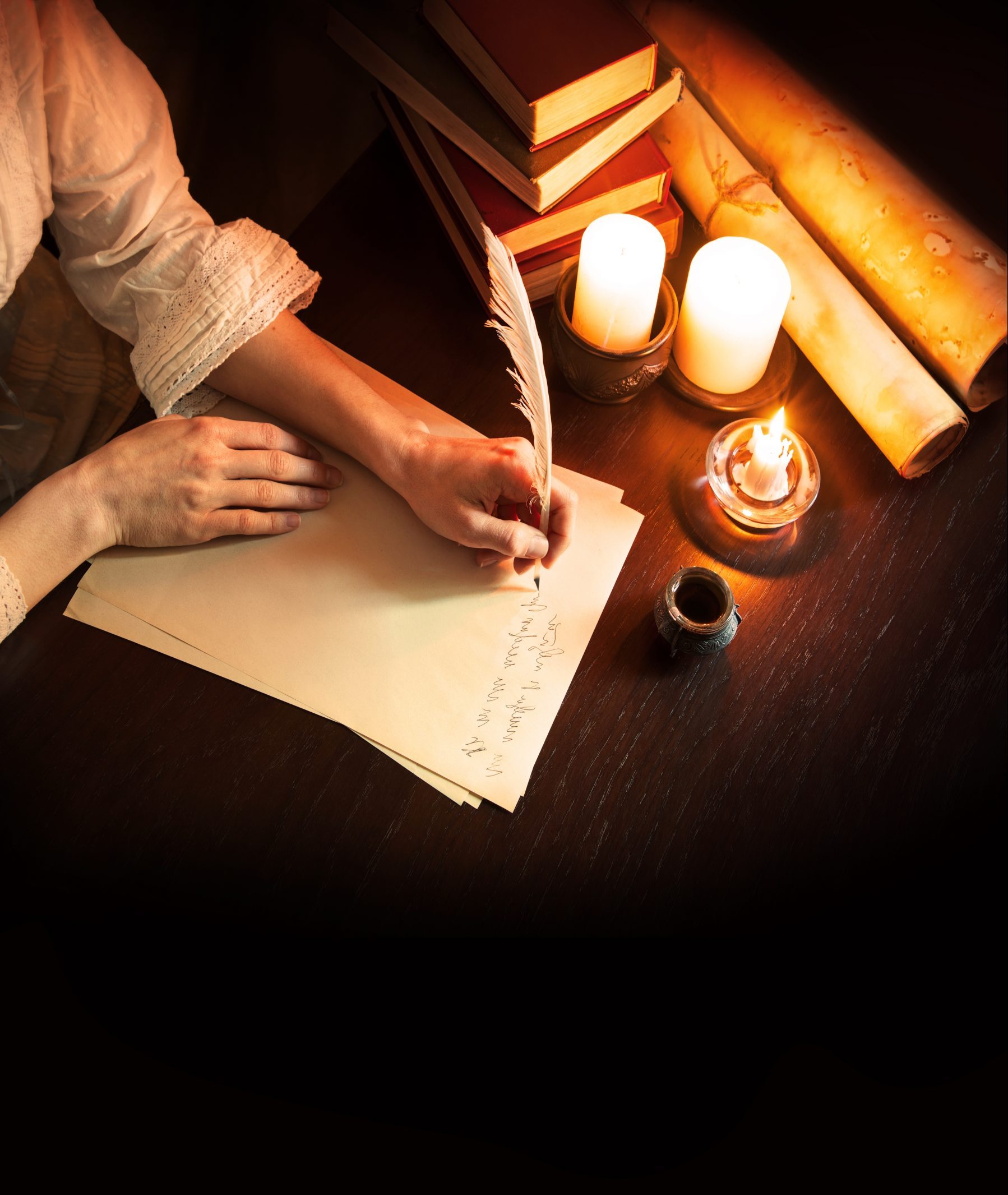


| Archaeological Sites-Monuments of Lesvos | Website | |
|---|---|---|
| Sanctuary of Messon by Agia Paraskevi | ||
| Sanctuary of Klopedi by Agia Paraskevi | ||
| Basilica of Chalinados by Agia Paraskevi | ||
| Ovriokastro or the Castle of St. Theodoron in Ancient Antissa | ||
| Ancient Mythimna | ||
| Castle of Mithymna | ||
| Castle of Sigri | ||
| “Kaloktistos” ancient wall in Apothikas | ||
| Fortress-Vigla, Eresos | ||
| Acropolis of Eressos | ||
| Vareltzidena Mansion of Petra | ||
| The Temple of St. Stephanos- Agios Stephanos-Mandamados | ||
| Roman Aqueduct of Moria | ||
| Ancient quarry of Moria | ||
| Castle of Mitilini | ||
| Ancient theatre of Mitilini | ||
| Yeni Mosque of Mitilini | ||
| Carsi Hamam of Mitilini | ||
| Valide Mosque-Mitilini | ||
| Roman villa at the junction of P. Agioritou and Achilleion streets in Mitilini | ||
| Roman villa on Nicomedia street in Mitilini | ||
| Roman Fish Tank in Makry Gialos of Mitilini | ||
| Late Roman building in Mitilini | ||
| “Home of Menadros” from the Roman Period – Mitilini | ||
| Hellenistic gallery in the Upper Skala of Mitilini | ||
| Hellenistic and Roman building in Mitilini | ||
| The Mesagro Bakery | ||
| Ancient quarry of Tsaf | ||
| Archaeological Site of Thermi | ||
| Tower of Tsoukaladelli in Thermi | ||
| Ancient Harbours of Lesvos – EPHORATE OF MARINE ANTIQUITIES, Underwater research of the ancient ports of Lesvos | ||
| Ancient Harbour of Antissa | ||
| Ancient Harbour of Eressos | ||
| Ancient Harbour of Pyrra in the Bay of Kalloni | ||
| Tsamour Limani, Skalohori | ||
| Ancient Harbour of Mitilini |
| Archaeological Sites-Monuments of Lesvos | Website | |
|---|---|---|
| Sanctuary of Messon by Agia Paraskevi | . | |
| Sanctuary of Klopedi by Agia Paraskevi | . | |
| Basilica of Chalinados by Agia Paraskevi | . | |
| Ovriokastro or the Castle of St. Theodoron in Ancient Antissa | . | |
| Ancient Mythimna | . | |
| Castle of Mithymna | . | |
| Castle of Sigri | . | |
| “Kaloktistos” ancient wall in Apothikas | . | |
| Fortress-Vigla, Eresos | . | |
| Acropolis of Eressos | . | |
| Vareltzidena Mansion of Petra | . | |
| The Temple of St. Stephanos- Agios Stephanos-Mandamados | . | |
| Roman Aqueduct of Moria | . | |
| Ancient quarry of Moria | . | |
| Castle of Mitilini | . | |
| Ancient theatre of Mitilini | . | |
| Yeni Mosque of Mitilini | . | |
| Carsi Hamam of Mitilini | . | |
| Valide Mosque-Mitilini | . | |
| Roman villa at the junction of P. Agioritou and Achilleion streets in Mitilini | . | |
| Roman villa on Nicomedia street in Mitilini | . | |
| Roman Fish Tank in Makry Gialos of Mitilini | . | |
| Late Roman building in Mitilini | . | |
| “Home of Menadros” from the Roman Period – Mitilini | . | |
| Hellenistic gallery in the Upper Skala of Mitilini | . | |
| Hellenistic and Roman building in Mitilini | . | |
| The Mesagro Bakery | . | |
| Ancient quarry of Tsaf | . | |
| Archaeological Site of Thermi | . | |
| Tower of Tsoukaladelli in Thermi | . | |
| Ancient Harbours of Lesvos – EPHORATE OF MARINE ANTIQUITIES, Underwater research of the ancient ports of Lesvos | . | |
| Ancient Harbour of Antissa | ||
| Ancient Harbour of Eressos | ||
| Ancient Harbour of Pyrra in the Bay of Kalloni | ||
| Tsamour Limani, Skalohori | ||
| Ancient Harbour of Mitilini |
| Museums & Collections on Lesvos | Website | Contact | |
|---|---|---|---|
| The new Archeological Museum of Mitilini | 22510 44913 | ||
| Old Archaeological Museum Mitilini | 22510 28032 | ||
| Museum of the Castle of Mitilini | 22510 27970 | ||
| The Eleftheriadis-Teriade Library and Museum of Modern Art | 22510 23372 | ||
| Theophilos Museum | 22510 41644 | ||
| Municipal Art Gallery of Mitilini Halim Bey | 22510 48002 | ||
| The Ecclesesiastical-Byzantine Museum | [email protected] | ||
| The Vrana Olive Press Museum in Papados | 22510 82007 | ||
| The Barbayannis Ouzo Museum in Plomari | 22520 32741 /22520 33300 | ||
| Plomari Ouzo Distillery Isidoros Arvanitis | 22520 31450 | ||
| The Museum of Soap Manufacturing hosted in the Cultural Centre of Plomari | 22523 50101 /22520 32320 | ||
| Eva Distillery Ouzo Museum – Pagani Mitilini | 22510 23700 | ||
| The Natural History Museum of the Lesvos Petrified Forest in Sigri | 22510 47033 /22510 54434 | ||
| Archaeological Collection Eresos | 22530-53037 | ||
| GeorgiosIakovidis Digital Art Museum in Hidira | 22530 51128 | ||
| The Gogou Archontiko at Vatoussa | |||
| Archaeological-Folklore collection Napi | 22530 31237 | ||
| The Museum of Industrial Olive Oil Production of Lesvos in Agia Paraskevi | 22530 32300 | ||
| K-Gold Temporary Gallery in Agia Paraskevi | +30 6942202222 | ||
| The Folklore Exhibit of Pelopi For information contact the local Municipal Office – Maria Kehagia | +30 6974456834 | ||
| Municipal Art Gallery of Molyvos Open Seasonally -For information, contact the local Municipal Office | 22530 71323 | ||
| Ottoman Hamam Museum of Molyvos Open Seasonally -For information, contact the local Municipal Office | 22530 71323 | ||
| Folklore Museum of Strati Myrivilli, Sykaminia | +30 6973246568 | ||
| Τhe Spiritual Reading Center “Development” of Agiasos | |||
| Resin Museum of Ampeliko Lesvos | 2252091287 | ||
| The Museum of Paleontology and Geology – Vrisa Natural History Collection | Temporarily closed | ||
| The Ottoman Baths Museum of Kalloni -Costume and Embroidery of Lesvos Exhibit | Temporarily closed |
| Museums & Collections on Lesvos | Website | Contact | |
|---|---|---|---|
| The new Archeological Museum of Mitilini | . | 22510 44913 | |
| Old Archaeological Museum Mitilini | 22510 28032 | ||
| Museum of the Castle of Mitilini | 22510 27970 | ||
| The Eleftheriadis-Teriade Library and Museum of Modern Art | . | 22510 23372 | |
| Theophilos Museum | . | 22510 41644 | |
| Municipal Art Gallery of Mitilini Halim Bey | 22510 48002 | ||
| The Ecclesesiastical-Byzantine Museum | . | [email protected] | |
| The Vrana Olive Press Museum in Papados | . | 22510 82007 | |
| The Barbayannis Ouzo Museum in Plomari | . | 22520 32741 /22520 33300 | |
| Plomari Ouzo Distillery Isidoros Arvanitis | . | 22520 31450 | |
| The Museum of Soap Manufacturing hosted in the Cultural Centre of Plomari | 22523 50101 /22520 32320 | ||
| Eva Distillery Ouzo Museum – Pagani Mitilini | . | 22510 23700 | |
| The Natural History Museum of the Lesvos Petrified Forest in Sigri | . | 22510 47033 /22510 54434 | |
| Archaeological Collection Eresos | . | 22530-53037 | |
| GeorgiosIakovidis Digital Art Museum in Hidira | . | 22530 51128 | |
| The Gogou Archontiko at Vatoussa | . | ||
| Archaeological-Folklore collection Napi | . | 22530 31237 | |
| The Museum of Industrial Olive Oil Production of Lesvos in Agia Paraskevi | . | 22530 32300 | |
| K-Gold Temporary Gallery in Agia Paraskevi | . | +30 6942202222 | |
| The Folklore Exhibit of Pelopi For information contact the local Municipal Office – Maria Kehagia | +30 6974456834 | ||
| Municipal Art Gallery of Molyvos Open Seasonally -For information, contact the local Municipal Office | 22530 71323 | ||
| Ottoman Hamam Museum of Molyvos Open Seasonally -For information, contact the local Municipal Office | 22530 71323 | ||
| Folklore Museum of Strati Myrivilli, Sykaminia | . | +30 6973246568 | |
| The Museum of Paleontology and Geology – Vrisa Natural History Collection | Temporarily closed | ||
| The Ottoman Baths Museum of Kalloni -Costume and Embroidery of Lesvos Exhibit | Temporarily closed |
